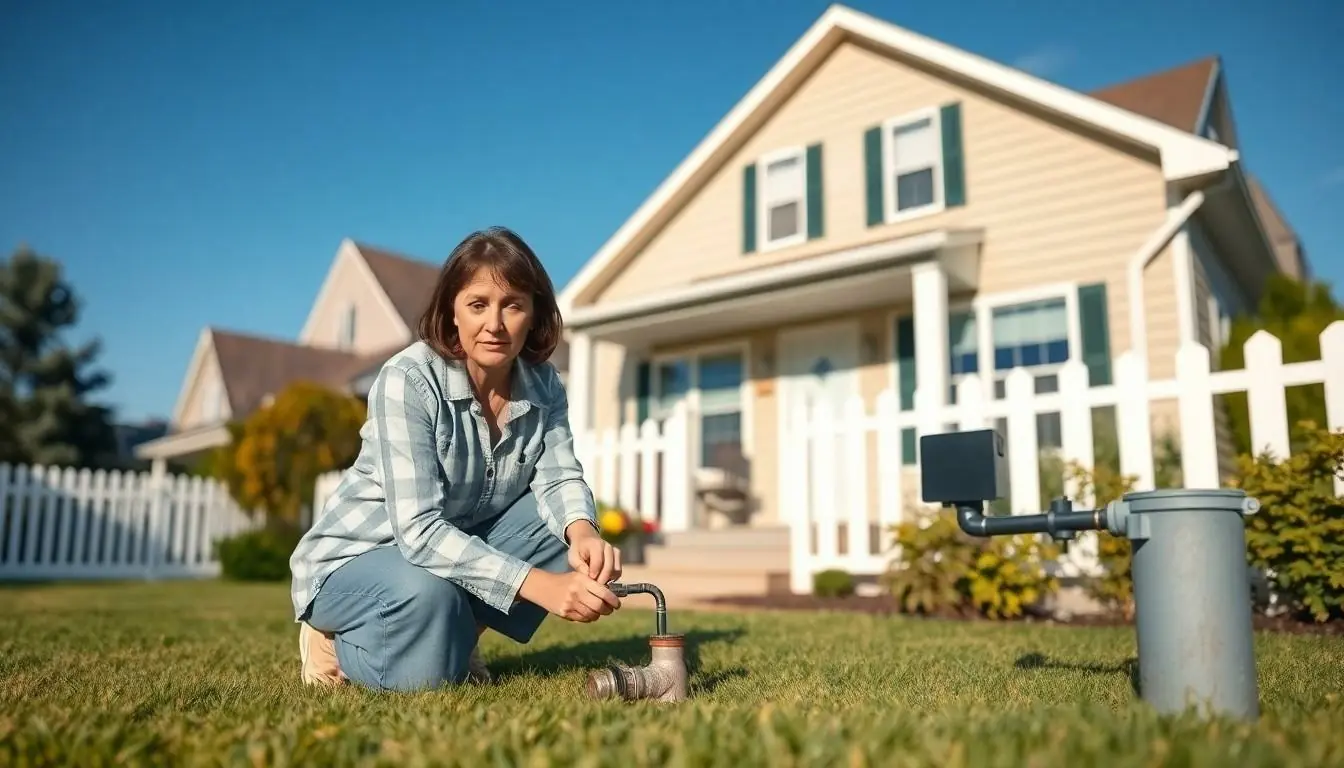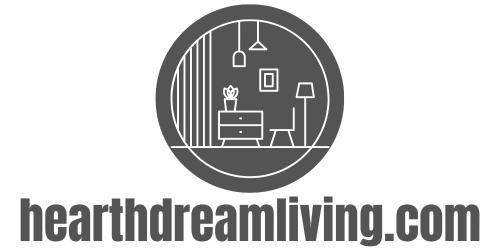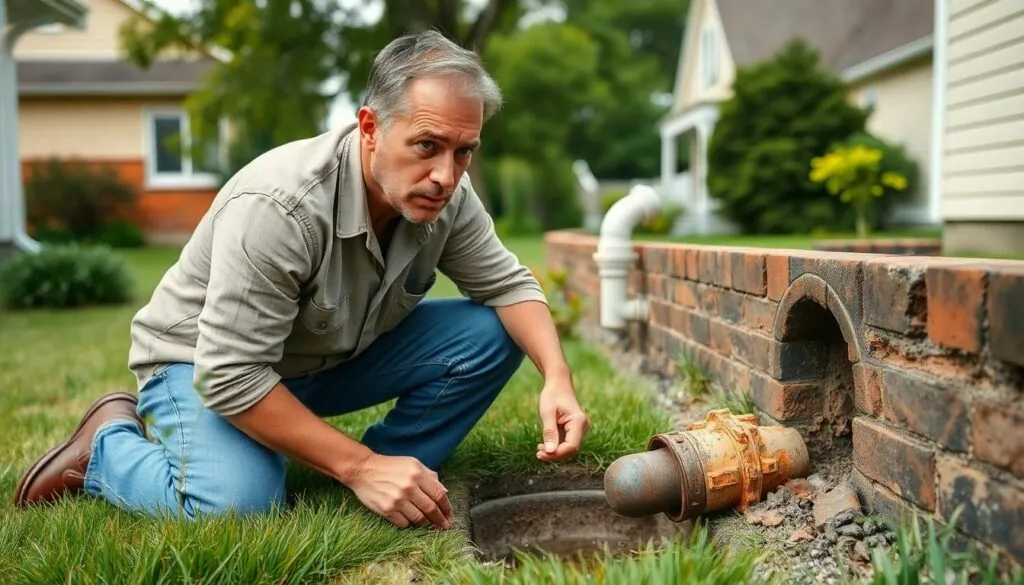Homeowners insurance is like that trusty umbrella you grab on a rainy day. It’s supposed to protect you from the unexpected, but when it comes to sewer line replacements, many find themselves drenched in confusion. Picture this: a backed-up toilet, a gurgling sink, and suddenly, your home sweet home feels more like a scene from a horror movie.
So, does homeowners insurance come to the rescue, or is it just a soggy piece of paper? Understanding what’s covered can save homeowners from a financial flush down the drain. Let’s dive into the murky waters of coverage options and find out if your policy has your back—or if you’ll need to dig a little deeper into your wallet.
Table of Contents
ToggleUnderstanding Homeowners Insurance
Homeowners insurance provides financial protection for property owners against various risks. Coverage typically includes damage from fire, theft, and certain natural disasters. Many policies also encompass liability for accidents occurring on the premises.
Another key aspect involves the specific details of each insurance policy. Various insurers offer different coverage levels and exclusions. It’s essential for homeowners to read their policies closely, especially regarding plumbing issues.
A common concern focuses on sewer line replacements. Standard homeowners insurance often does not cover repairs to sewer lines or related drainage issues. Homeowners may face significant expenses if a sewer line fails due to age or wear.
In some cases, additional coverage options, such as sewer backup endorsements, enhance protection against these specific situations. These endorsements typically cover damage resulting from a backed-up sewer system. Homeowners interested in this coverage should discuss it with their insurance agents for complete understanding.
Understanding the intricacies of homeowners insurance is crucial. Many homeowners are unaware of the limitations inherent in their policies. Exploring coverage terms thoroughly can mitigate financial risks associated with unexpected plumbing emergencies.
Key Components of Homeowners Insurance Policies

Homeowners insurance policies consist of various components that dictate coverage levels. Understanding these components helps homeowners make informed decisions regarding their insurance needs.
Structure Breakdown
Policy structure typically includes dwelling protection, personal property coverage, and liability insurance. Dwelling protection covers the home’s structure from events like fire or vandalism. Personal property coverage applies to belongings within the home, including furniture and appliances. Liability insurance protects homeowners against claims of injury or damage occurring on their property. Each component plays a crucial role in providing security in various risk scenarios.
Coverage Options
Insurance companies offer various coverage options to address specific needs. Standard homeowners policies may exclude sewer line repairs, leading to out-of-pocket expenses. Sewer backup endorsements are available as additional coverage to protect against certain plumbing issues. Discussing these options with an insurance agent ensures homeowners understand available protections. Homeowners receive peace of mind by tailoring their coverage to address potential plumbing emergencies strategically.
Sewer Line Issues: What Homeowners Need to Know
Sewer line problems can lead to significant headaches for homeowners. Understanding common issues and recognizing signs that indicate the need for replacement is crucial for effective home maintenance.
Common Sewer Line Problems
Clogs frequently occur due to debris, grease, or foreign objects obstructing flow. Roots from trees often penetrate the pipes, causing blockages or fractures. Aging pipes, especially if made from clay or cast iron, may deteriorate over time, leading to leaks or complete failures. Cracks can develop from ground movement, which may compromise structural integrity. Each of these problems necessitates careful attention to avoid further complications.
Signs You May Need Sewer Line Replacement
Unpleasant odors appearing in outdoor areas can signal a sewer line issue. Frequent backups in multiple fixtures often indicate a systemic problem requiring urgent evaluation. Slow-draining sinks and tubs may reveal underlying blockages in the sewer system. Unexplained damp spots in the yard or foundation might suggest a leak in the sewer line. Observing any of these signs warrants immediate investigation to prevent costly repairs down the line.
Insurance Coverage for Sewer Line Replacement
Homeowners insurance often doesn’t cover sewer line replacements. Many homeowners are surprised to learn about the gaps in their policies regarding plumbing issues.
Standard Exclusions
Common exclusions include damage from age, wear, and tear. Most standard homeowners insurance policies explicitly identify sewer line issues as excluded risks. Insurance often covers sudden and accidental damage, but gradually deteriorating sewer lines usually fall outside of this scope. Clogs due to tree roots or debris also face exclusion under typical policies. Understanding these limitations becomes essential for homeowners to avoid unexpected repair costs.
Situations Where Coverage May Apply
Certain endorsements can offer enhanced protection against sewer-related issues. Sewer backup endorsements provide coverage when a backup causes damage within the home. Some policies may cover losses if the sewer line failure results from a sudden incident, like a pipe bursting. Homeowners should review their policies closely to identify any specific terms that indicate when coverage may be applicable. Consulting with an insurance agent helps clarify these provisions and ensures adequate protection for plumbing emergencies.
Navigating Claims Process
Understanding the claims process is crucial for homeowners seeking coverage for sewer line issues. This involves specific steps to ensure claims are filed efficiently and effectively.
Steps to File a Claim
First, contact the insurance provider immediately after identifying a sewer line issue. Document the problem by taking photos and note any relevant details. Next, report the claim via the insurance company’s website or customer service line. Include all gathered evidence with the claim submission. Lastly, follow up with the insurance adjuster to confirm receipt and clarify any additional information needed to process the claim.
Essential Documentation
Gathering essential documentation increases the likelihood of a successful claim. Provide a copy of the homeowners insurance policy with any relevant endorsements. Include photographs of the damaged sewer line and areas affected by backups or leaks. Receipts for any immediate repairs should also accompany the documents. Finally, prepare a written account detailing the timeline of events, which helps clarify the problem for the claims adjuster.
Homeowners insurance can provide essential protection against various risks but often falls short when it comes to sewer line replacements. Many homeowners may be unaware that standard policies typically exclude coverage for aging or damaged sewer lines. Recognizing this gap is crucial for avoiding unexpected expenses.
To enhance coverage, homeowners should consider additional endorsements like sewer backup protection. Consulting with an insurance agent can help clarify policy specifics and ensure adequate protection against plumbing emergencies.
Staying informed about potential sewer line issues and understanding the claims process can further empower homeowners. By taking these proactive steps, they can mitigate financial risks and maintain peace of mind regarding their home’s plumbing system.





